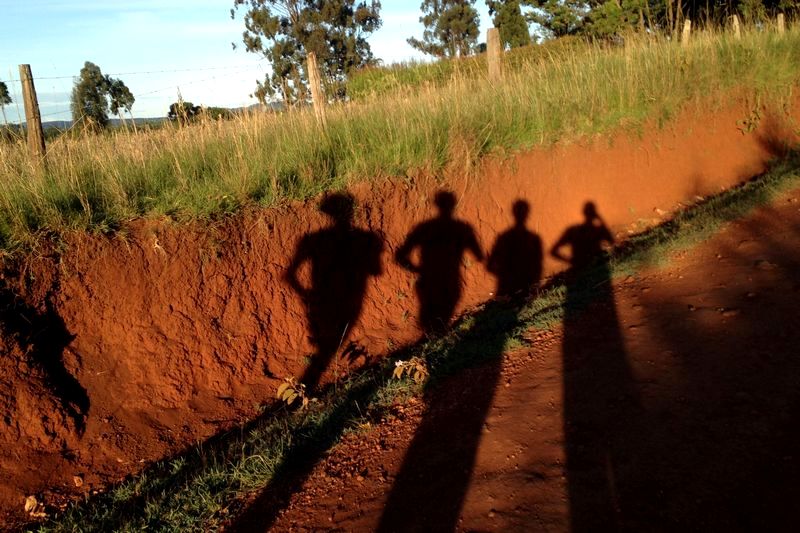
In training, progressivity and regularity are one of the keys to reaching your goal. There are different ways to quantify training. One of the simplest is to add up the number of miles ran. However, this number of miles does not take into account the intensity of the effort nor the addition of other sports. The training load is the most accurate way to quantify your training, so your RunMotion coach takes it into account.
Contents
What is training load?
There is a different way to calculate the training load. It takes into account both the duration and the intensity of the effort.
When you do a short interval training session, the effort is intense. A session with a volume of 3 miles at high intensity is much more difficult than 3 miles jogging. The duration of the effort is shorter (for instance 17 minutes instead of 25 minutes) for this distance but it generates more fatigue.
In the RunMotion Coach app, we choose to use the Training Stress Score to quantify the training load. This index is one of the easiest to interpret since a score of 100 corresponds to 1 hour at a theoretical maximum intensity, or 1 hour at the lactate threshold.
We can estimate your lactate threshold from your past race results.
If you run for 2 hours at low intensity, you will probably have a score of around 100, which would be the equivalent of 1 hour at high intensity.
How to calculate training load?
With Training Stress Score, it is possible to use 2 physiological data to quantify running effort: speed with a GPS watch and heart rate (preferably with a heart rate strap).
Running speed must be corrected by taking into account the altitude difference, and ideally the surface.
For other sports such as cycling, it is possible to use a power sensor, since the speed is not always representative of the effort, especially uphill or downhill.
For those who like calculations, here is the calculation of the Training Stress Score for a running activity:
TSS = time (in seconds) / 36 x (flat equivalent speed / speed at lactate threshold)²
During a session the speed is rarely constant, it is therefore necessary to cut the activity according to the changes of pace to calculate a precise TSS. Why? If you take the overall activity of a short interval training session, the average speed is rather low with the recovery phases included.
The cutting is carried out thanks to the activity sent by the supplier of your GPS watch (Garmin, Suunto and Polar are compatible at the moment).
When we do not have this detail lap by lap or second by second, then we take the average speed of the activity, which allows us to have a good idea of the effort.
When we have the athlete’s heart rate during an activity (for both running and other sports) and we know the user maximum heart rate and at rest, we can also calculate the corresponding Training Stress Score:
TSS = time (in seconds) / 36 x (heart rate / lactate threshold heart rate) ²
Why is my training load not calculated or seems overestimated or underestimated?
In running, we need to have at least one race result to estimate your anaerobic threshold. Past results are to be entered in My Profile.
For other sports, we need to know your maximum heart rate and resting heart rate. This information must be entered in My Profile.
If we do not have this info, by default we use: an anaerobic threshold speed of 7.5km / h, a maximum heart rate of (220 – age) and a resting heart rate of 60 beats per minute.
If no score is calculated for another sport than running, it means that the heart rate is not indicated.
Although this may seem like a technical thing, let’s remember that the training load is a tool that allows you to quantify your training. If you have a score of 300 for the week, this would be the equivalent of 3 hours at maximum intensity or 6 hours of moderate activity.